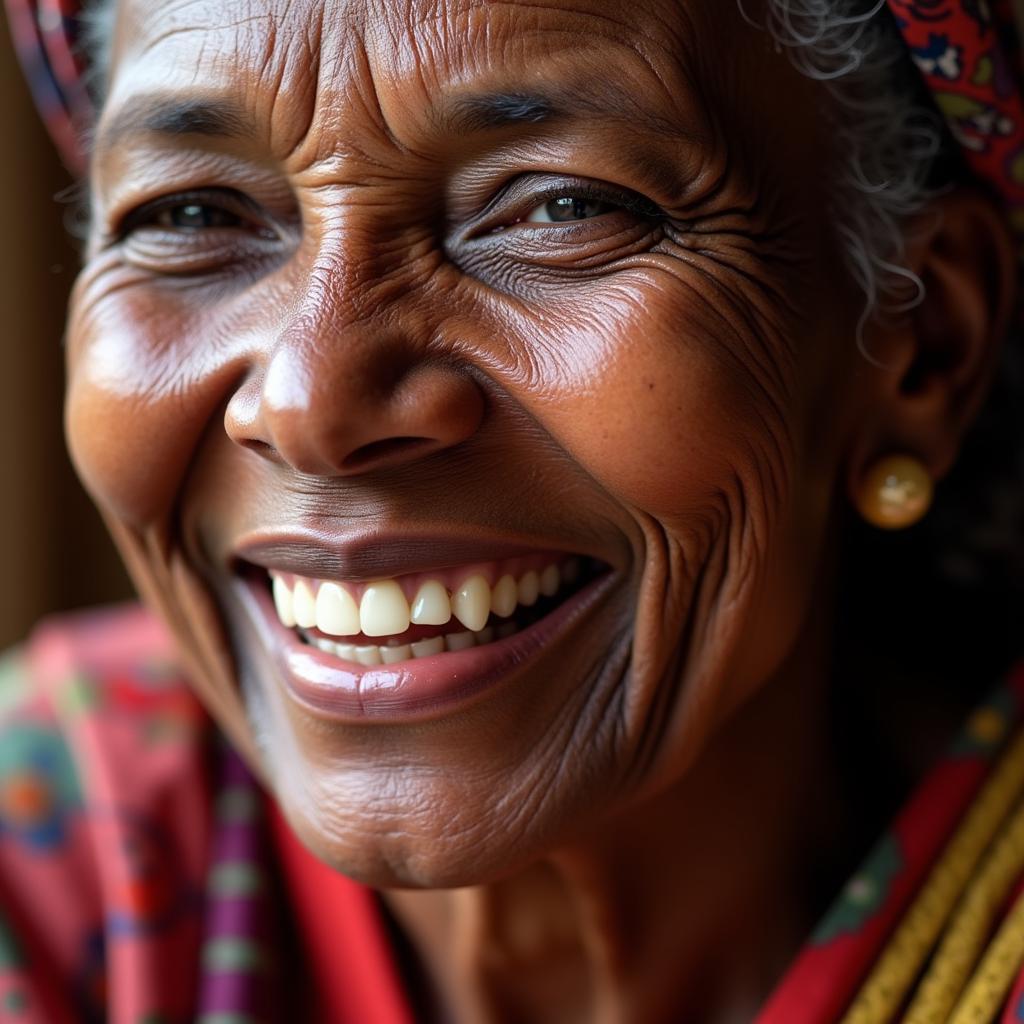African Buffalo: Deadly Creatures of the Savanna
The African buffalo, often underestimated, is one of the “Big 5” and among the most deadly creatures in Africa. These powerful bovines are responsible for more human fatalities on the continent than any other large animal, even exceeding lions and leopards. Their unpredictable nature and sheer strength make them a formidable force in the African wilderness.
Understanding the Danger of the African Buffalo
The African buffalo, or Cape buffalo ( Syncerus caffer ), is far from the docile image of its domesticated cousins. These animals are highly aggressive, especially when injured or threatened. Their thick hides and powerful horns are capable of inflicting serious damage. They are known to ambush predators and have even been observed killing lions. The “black death,” as they are sometimes called, live in large herds, further amplifying the danger they pose. One wrong move can provoke an entire herd, resulting in a stampede that can be fatal.
While other animals might flee when faced with danger, African buffalo are known to stand their ground and even charge. Their sheer size and weight, reaching up to 2,000 pounds, coupled with their thick skull, makes them incredibly difficult to deter. Even a well-placed shot might not immediately bring down a charging buffalo. african bull elephant charging Their aggressive demeanor, coupled with their impressive defense mechanisms, establishes the African buffalo as a truly formidable creature.
Why are African Buffalo so Aggressive?
Several factors contribute to the aggressive behavior of the African buffalo. They are fiercely protective of their young and will readily attack anything they perceive as a threat. Their social structure, based on complex herd dynamics, also plays a role. Dominant males often engage in aggressive displays of power, and the entire herd can quickly become agitated if one member is threatened. african buffalo bull Furthermore, their experience with predators has honed their defensive instincts, making them quick to react to any perceived danger.
“African buffalo are not to be trifled with,” says Dr. Khadija Mtwara, a wildlife biologist with over 20 years of experience studying African megafauna. “They have a keen sense of their surroundings and are quick to react to any perceived threat. Their unpredictable nature makes them even more dangerous.” Their reputation as deadly creatures is well-earned, and respecting their space and power is crucial for anyone venturing into their territory.
African Buffalo Habitat and Behavior
African buffalo are found throughout sub-Saharan Africa, inhabiting a variety of habitats including savannas, grasslands, and forests. They are grazers and spend a significant portion of their day foraging for food. big 5 african animals Herds can range in size from a few dozen to several hundred individuals, and they are known for their strong social bonds. Their complex social structure plays a crucial role in their survival, allowing them to cooperate in defense and foraging.
How do African Buffalo Defend Themselves?
African buffalo primarily rely on their horns and sheer size for defense. They can charge at speeds of up to 35 miles per hour, delivering a devastating blow with their horns. Their thick hide also provides some protection against predators. african elephant kills buffalo While their horns are their primary weapons, they also use their hooves and sheer weight to intimidate and injure potential threats. The collective defense of the herd is also a powerful deterrent, as multiple buffalo can quickly overwhelm even the largest predators.
“Their thick hide offers some protection, but it’s their horns and their willingness to use them that truly makes them dangerous,” adds Dr. Mtwara. “They don’t hesitate to charge, and the impact can be devastating.”
The African Buffalo and the Ecosystem
Despite their dangerous reputation, African buffalo play a vital role in their ecosystem. They are a significant food source for large predators like lions and crocodiles. african jungle animals interesting facts Their grazing habits also influence vegetation patterns, shaping the landscape and creating habitats for other animals. Their presence is essential for maintaining the delicate balance of the African savanna.
How to Stay Safe Around African Buffalo?
The key to staying safe around African buffalo is to maintain a respectful distance and avoid provoking them. Never approach a buffalo, especially a solitary one, and always be aware of your surroundings. If you encounter a herd, give them plenty of space and avoid making sudden movements or loud noises. If a buffalo charges, seek cover immediately. Climbing a tree or getting behind a large rock can offer some protection.
In conclusion, African buffalo are indeed deadly creatures, but they are also a vital part of the African ecosystem. By understanding their behavior and respecting their power, we can appreciate their role in the wild and ensure our own safety when venturing into their territory. Remember, these animals deserve our respect and admiration, not our fear.
FAQ
-
What makes African buffalo so dangerous? Their aggressive nature, powerful horns, thick hides, and tendency to charge make them a formidable threat.
-
Where do African buffalo live? They inhabit various habitats in sub-Saharan Africa, including savannas, grasslands, and forests.
-
What do African buffalo eat? They are herbivores and primarily graze on grasses.
-
How do African buffalo defend themselves? They use their horns, size, and hooves for defense, and often charge at high speeds.
-
How can I stay safe around African buffalo? Maintain a safe distance, avoid provoking them, and seek cover if they charge.
-
Are African buffalo important to the ecosystem? Yes, they are a key food source for predators and influence vegetation patterns.
-
What is the collective noun for a group of buffalo? A herd or obstinacy.
Need help? Contact us 24/7: Phone: +255768904061, Email: kaka.mag@gmail.com, or visit us at Mbarali DC Mawindi, Kangaga, Tanzania.



